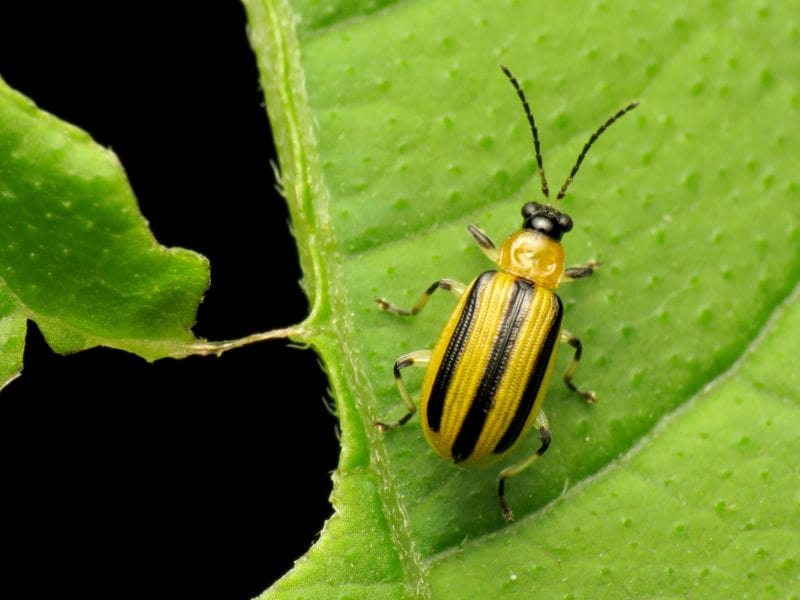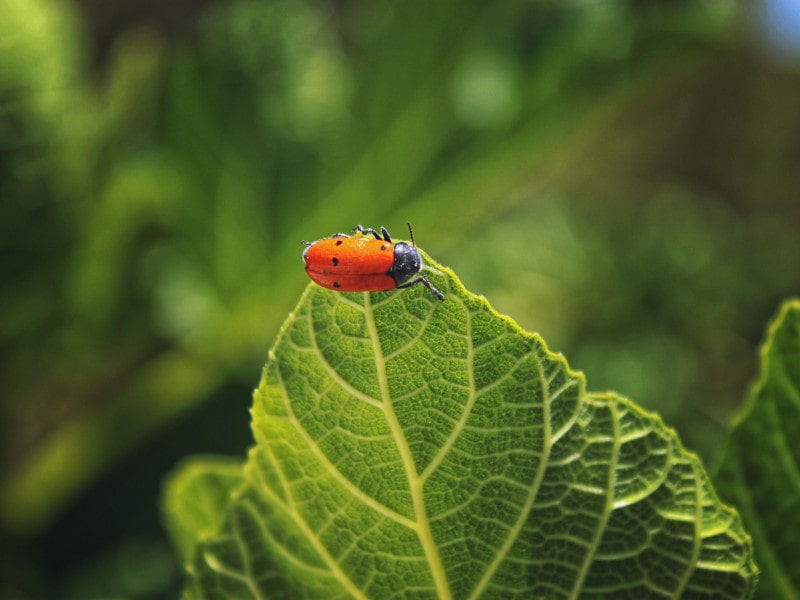Sitting in your yard on a warm summer season day you might have seen a lack of mild buzzing or flash of colour from trembling wings. That’s because in the last few years there has actually been a significant decrease in our insect pollinators. Insects such as bees, hoverflies, moths and also butterflies have actually been in stable decrease for the last few years as well as there are a number of varieties of bee that have actually ended up being extinct. This is very trouble for both our countryside and farming as these bugs are the main way our crops and various other plants are cross-pollinated. There are a variety of reasons why these bugs may have experienced a decline in numbers but some believe the major reason is the loss of many of our wildflower meadows which give a lasting environment for lots of pollinating bugs.
There is an important location for our humble yards in attempting to redress the equilibrium as well as supply an appropriate environment to aid raise the number of insect pollinators. Our yards can give vital environments where pests can discover an alternate resource of nectar and also plant pollen. We simply require to make certain we follow a few straightforward rules.
How to draw in cross-pollinating pests to your garden
Wildflower planting has a reputation for being a little bit untidy and might not be an eye-catching option when most of us go for impact as well as colour in our yards with lively perennials and snazzy annuals. However you do not need to recreate a wildflower habitat in your garden in order to bring in insects. It is still possible to create a colourful statement with summer season planting and still attract a great deal of pests to your garden. So exactly how do you inform which plants will be eye-catching to cross-pollinating bugs?
Bugs like flowers where they can see the pollen and also get to it quickly, so choose single flower ranges. Dual or multi-petaled flowers make it challenging for insects to access the pollen as well as certainly many contemporary ranges are so inbred that they really create little or no plant pollen in any way. An example is the dahlia. Modern selections tend to be blousy and also multi-petaled, reproduced for our preference in showy flowers. Yet the single blossom ranges can be just as colourful along with being appealing and beneficial to insects.
Colour is an additional vital factor to consider. Evidence has actually revealed that pests are brought in to colour, in particular lavender, mauve and yellow. Hoverflies for instance, love yellow blossoms. The form of a blossom can likewise be very important to bugs. The large flat surface area of achillea with its multitude of tiny yellow flower heads suggests that insects such as hoverflies can conveniently access its plant pollen. Plants that blossom one by one are additionally beneficial to bugs. The foxglove for instance has a multitude of flowers along a single stem which open in succession over an amount of time therefore supplying pests with plant pollen for longer periods.

It is also a great suggestion to provide a lot of framework in your growing layout as different insects run at different heights. Turfs are a fine example of plants that provide some elevation to a growing scheme and also will certainly additionally bring in a variety of insects. Water is an additional crucial element. Did you know that call for a big quantity of water everyday in order to maintain their hive cool during the summer? Last but not least, objective to give your insects with plant pollen throughout the year. This implies seeing to it you have plants that flower late right into the season such as sedums and also michaelmas sissies, as well as mahonia for winter season flowers.
Here are simply a few of the plants ensured to attract cross-pollinating pests. For perennials select aquilegia, monarda, angelica, veronica, echinacea and rudbeckia. For shrubs select buddleia which is alluring to butterflies, as well as hebes, whose flowers create so much nectar it makes them sweeter than jam! Also attempt lavender and hardy fushias. For light bulbs select crocus as well as alliums. When picking annuals attempt and also avoid picky flowers as well as go instead for the solitary blossoms of universes, pleasant peas, sunflowers as well as marigolds. Garden planters full of combinations of these annuals will not just provide an attractive show of vibrant colour but additionally guarantee you supply an environment appealing to pests.
The range of plants available that will draw in insects to your yard is significant and also varied. So simply a bit of believed to your planting system this year could produce a miniature nature book in your back garden and make a substantial difference to the future of the unrecognized heroes that are our cross-pollinating insects.
If you want to find great information about raising insects for food, please visit their page for further info.






